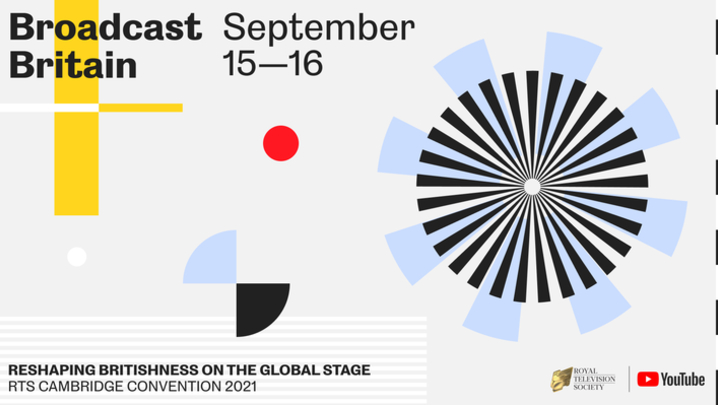The classification is to prevent children from watching inappropriate content.
Music videos are to carry a certified 12, 15 or 18-age restriction to protect children viewing explicit content online.
There have been a number of complaints from parents on forums such as netmums about the sexualized content in music videos that their children have been watching, including Miley Cyrus’ Wrecking Ball.
Now, YouTube and Vevo must comply with the British Board of Film Classification (BBFC) guidelines that age restriction must be included on the video’s page.
In October 2014, The Department for Culture, Media and Sport launched a pilot scheme to determine the number of inappropriate music videos online.
Between October 2014 and August 2015, the BBFC received 132 videos from music companies, where 56 were classified to be a 12.
Fifteen out of the 53 videos rated to be a 15 were from Calvin Harris and Jessie Ware.
While Dizzee Rascal’s Couple Of Stacks was the only video given an 18 rating due to strong language and violence.
The new ruling means that videos with the 18-certificate will not automatically load on browsers.
After the scheme’s findings; Sony Music, Universal Music and Warner Music have agreed to submit their videos to the BBFC before uploading them onto YouTube and Vevo.
A BBFC survey found that 60% of children aged between 10 and 17 have watched content that their parents would find unsuitable.
Before watching a video, users will have to confirm that they are over a certain age.
Independent record companies are to participate in a six-month voluntary scheme to determine the classification of their footage.
The age rating decision brings online music videos in line with film and DVD classifications.
The new rules will only apply to music videos made in the UK.
Photo by Achim Raschka / CC-BY-SA-3.0









